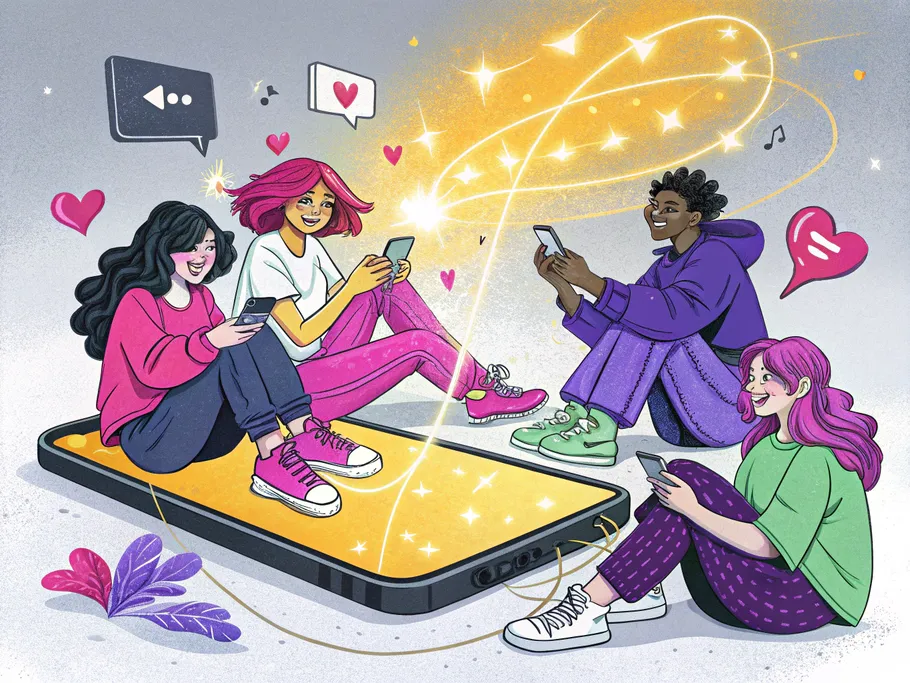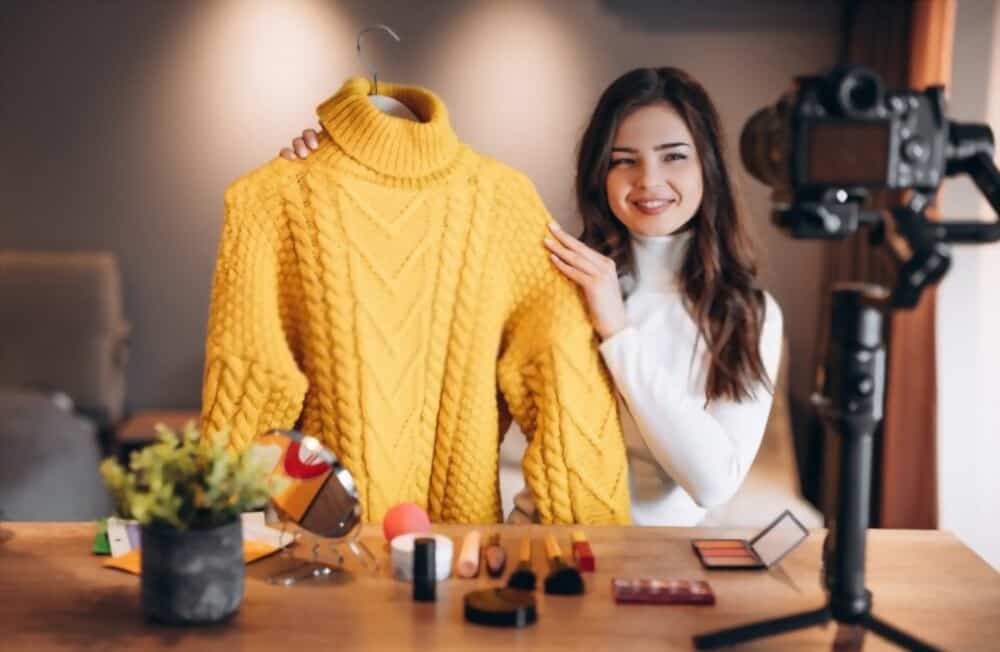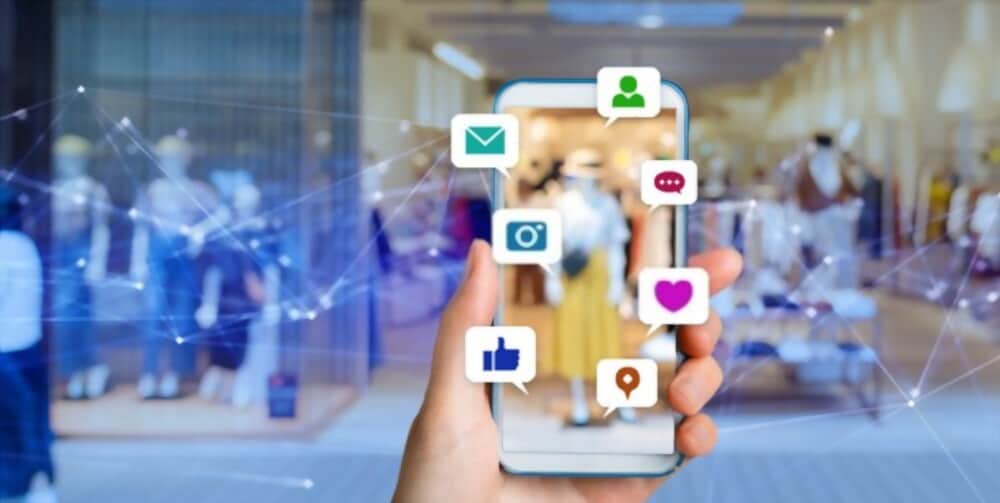Instagram Influencer Marketing Strategy: Outreach & Vetting Guide


In the wild world of digital marketing, getting a nod from an influencer feels like the golden ticket. People trust these recommendations, which is great news for brands that pick the right partners.
But let's be real. A lot of brands jump in with no strategy, basically just lighting a pile of money on fire. Running influencer campaigns without a clear plan? Congrats, you’ve mastered the art of paying for someone else’s vacation.
This guide is your step-by-step playbook for a killer instagram influencer marketing strategy. It’s for anyone who needs to cut through the noise, find genuine partners, and get results that actually matter to the business.

Here’s a hard truth: just because an influencer posts about you doesn’t mean their followers will magically flock to your checkout page. People are drowning in ads, and they’ve gotten very good at ignoring them.
This is why successful collaborations are built on real relationships, not just transactions. A true bond is not bought, but built. You have to stop seeing influencers as walking billboards and start treating them like strategic partners.
Instead of rushing into a campaign with your fingers crossed, you need to build a solid foundation. This means getting real about ROI and understanding what makes a partnership feel authentic to an audience.
Forget about vanity metrics like follower counts. You need clear, meaningful business goals.
Use the SMART formula: Specific, Measurable, Achievable, Relevant, and Time-bound. So, instead of a fuzzy goal like “increase sales,” you aim for “increase sales by 15% through our influencer campaign in Q3.” See the difference? One is a wish, the other is a plan.
Next, you absolutely must define your buyer persona. Who are you trying to reach? Knowing this is the only way you can choose influencers your audience actually listens to. Tools like HubSpot can help you whip up a persona in minutes.
Finally, talk about money. Before you even think about sliding into an influencer's DMs, you need to know your budget. Sponsored posts can cost anywhere from a few hundred to thousands of dollars. Make sure their rates work for your wallet.

In 2024, a massive follower count can be a total illusion. Big audiences don't always mean big engagement. Focusing on follower numbers is the fastest way to a failed campaign.
When it comes to micro vs macro influencers, the data is clear. Focusing solely on follower count is a rookie mistake. Micro-influencers often deliver shockingly better results. For instance, they hit engagement rates between 5% and 20%, blowing the 1% to 3% rate of macro-influencers out of the water.
This engagement translates to real money: micro-influencers can convert followers into customers at a rate 20% higher than their bigger counterparts. Even better, the cost per engagement is about 40% lower. By prioritizing authenticity over audience size, you build real connections and get way more bang for your buck.
Every influencer is a unique human being, not a robot waiting to hawk your product. To find the right partners, you have to do your homework:
You're looking for partners who share your values. Influencers with smaller, tight-knit communities are often easier to connect with and have incredible sway. Their followers trust them, and that trust is priceless.
Welcome to the magical world of “influencer discovery,” which is just a fancy way of saying you’re about to sift through a million posts hoping to find one person who can pretend to like your product. It's a booming industry, but let's be honest, most of it is just noise. Your main challenge is picking the right partner in this sea of choices to avoid a cringeworthy, ineffective campaign.
Finding the right fit requires a mix of old-school detective work and using the best tools for influencer marketing. First, you need to understand the different influencer types to match them to your goals.
Mega-Influencers
With follower counts between 10,000 and 999,000, these folks are often experts in a specific niche, which makes their content feel more authentic. They have big audiences but can be tough to partner with and may still lack that personal touch. They're a good middle-ground for reaching specific audiences without the mega-budget.
Micro-Influencers
Here’s where the magic happens. With 5,000 to 50,000 followers, these influencers are the definition of quality over quantity. While the term micro vs macro influencers gets thrown around, the data tells the real story. Micro-influencers don't just talk to their audience; they're part of the conversation, boasting engagement rates around 6% on Instagram, while mega-influencers barely scratch 1.97%. This trust translates into real results, with campaigns being 6.7 times more efficient per engagement. They are your go-to for driving actual conversions and building a loyal customer base.

Ready to put on your detective hat? Here are a couple of ways to manually hunt for gems.
Google Is Your Stalker Friend
Oh, you thought Google was just for settling bets about movie trivia? How cute. Go to the search bar and type "your niche + influencer." So, if you sell artisanal dog toys, you’d search for "artisanal dog toy influencers." Groundbreaking, I know. You’ll get a ton of results to sift through. It’s simple, fast, and surprisingly effective.
The Hashtag Rabbit Hole
Time to dive into the beautiful chaos of Instagram hashtags. Search for promotional tags like #ad, #sponsored, or #promote. You'll find a cool 14 million posts to scroll through – have fun with that. To avoid drowning, combine those with niche-specific hashtags to find people who are actually relevant to your brand. A solid hashtag strategy is essential to make this work.
If you don't have time for all that manual labor, you can use technology. A solid influencer outreach strategy often involves a dedicated platform.
Upfluence
Upfluence is a powerful tool that helps you find influencers in your industry. You plug in your criteria, and it spits out a list of potential partners. It’s slick and automated, but it’s not free. If your budget is tight, you might want to stick to the manual methods for now.
Through these processes, aim to create a shortlist of at least 2-3 influencers who feel like a perfect fit.

So you've got a list of potential influencers. Now comes the hard part: figuring out who’s actually worth your time and money. The sheer number of influencers is overwhelming, and it’s easy to get distracted by big follower counts.
But here’s a reality check: a staggering 73% of influencer campaigns fail to meet their goals, usually because of a bad match between the brand and the influencer. Don't become a statistic. The key to a successful influencer outreach strategy is focusing on relevance, not just reach.
This is where that buyer persona you made comes in. You know, that detailed profile of your ideal customer?
You meticulously crafted your buyer personas. Congrats! Now you have detailed imaginary friends to ignore while your outreach still hits everyone but your actual customers.
Seriously, keep that persona front and center. It’s your compass for finding influencers who can actually connect with the people you want to reach.
Your audience must see themselves in the influencer you choose. You need to be operating in the same or a very similar niche. And just as importantly, your brand has to make sense for their audience. The whole point of this is to grow your customer base, so do your homework. Make sure their followers fit your buyer persona and are actually in a position to buy what you’re selling.
An influencer's past work is a goldmine of information. Look at the brands they've partnered with before. Check the quality of their sponsored content and their promotion style to see if it vibes with your brand. Do they archive sponsored posts after a week, or do they leave them up? This kind of thoughtful observation helps build connections that truly align.
Trust your insights as you look for that genuine partnership.

Alright, you've got your shortlist. Time to reach out. But before you do, a word of warning: if your message is all about you, you’re just another desperate cold call in their DMs.
Most brands get this wrong. They barge in with a list of demands, making it all about their needs. Don't be that brand. Your influencer outreach strategy should be built on respect.
Focus on the influencer. Keep your message short, to the point, and make it clear what’s in it for them. This isn't a transaction; it's the start of a win-win partnership, and knowing how to collaborate on Instagram is the first step.
Your first message is everything. It sets the tone for the entire relationship.
Tell them WHY you chose them
A little specific, genuine flattery goes a long way. And please, for the love of all that is holy, if you only picked them for their follower count, find a better reason before you hit send.
Give them a peek at the big picture
Be upfront about potential deal-breakers. Mention your approach to payment, sponsorship placements, or if you're offering free products. Honesty from the start saves everyone a headache later.
True connection is not found in the asking, but in the seeing.
Before you even think about pitching, build a real relationship. Engage with their content. Leave thoughtful comments. Show them you see them as a person, not just a billboard. This transforms a cold pitch into a warm invitation for a meaningful collaboration.
While these strategies are proven to work, every account is unique. Get a personalized audit that analyzes your specific account data and provides tailored recommendations for growth and monetization.